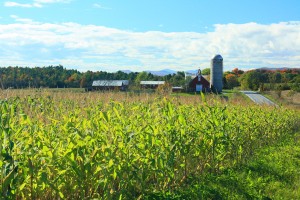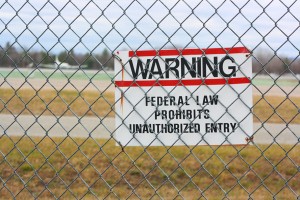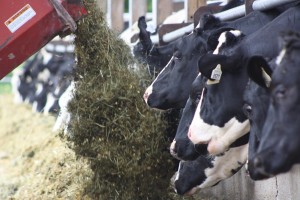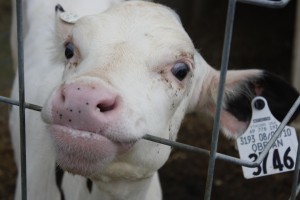The livestock newswires are heating up about the recent release of a site-specific risk assessment and review of that assessment for the National Biosecurity and Agro-Defense Facility (NBAF) to be built in Manhattan, KS. This facility is intended to house research with foreign animal disease agents, currently conducted in aging facilities on Plum Island off of Long Island, as well as with emerging diseases including those with zoonotic potential. In laboratory lingo, the proposed facility will be designed to accommodate biosafety level (BSL) 3Ag and BSL-4 work. Vaccine production capability is planned for the facility as well.
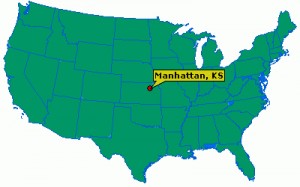 A brief history of the process is in order. In 2006 the Department of Homeland Security (DHS) put out a call to find a site to replace and improve upon the existing facility at Plum Island. Of the initial 29 sites to submit letters of interest, 18 were selected to provide additional information. These sites were each visited in 2007. After review, 5 sites (Manhattan, KS; Athens, GA; San Antonio, TX; Butner, NC; and Flora, MS) were invited to submit information for review of environmental impact (in comparison with building a new facility on Plum Island. (The DHS final environmental impact statement (pdf) can be found here.) In early 2009 DHS announced its selection of Manhattan, KS as the preferred site with the expectation that construction would begin as early as 2010. However, before construction could begin, appropriations language required DHS to complete a site-specific biosafety and biosecurity mitigation assessment (available through link at top right here) and directed the National Research Council (of the National Academies of Science) to conduct a review of that risk assessment (available here). These reports were released on November 15.
A brief history of the process is in order. In 2006 the Department of Homeland Security (DHS) put out a call to find a site to replace and improve upon the existing facility at Plum Island. Of the initial 29 sites to submit letters of interest, 18 were selected to provide additional information. These sites were each visited in 2007. After review, 5 sites (Manhattan, KS; Athens, GA; San Antonio, TX; Butner, NC; and Flora, MS) were invited to submit information for review of environmental impact (in comparison with building a new facility on Plum Island. (The DHS final environmental impact statement (pdf) can be found here.) In early 2009 DHS announced its selection of Manhattan, KS as the preferred site with the expectation that construction would begin as early as 2010. However, before construction could begin, appropriations language required DHS to complete a site-specific biosafety and biosecurity mitigation assessment (available through link at top right here) and directed the National Research Council (of the National Academies of Science) to conduct a review of that risk assessment (available here). These reports were released on November 15.
A risk assessment analyzes the chances and consequences of something going wrong. What could go wrong? A tornado (Manhattan is in tornado alley), an earthquake (a fault that is not very active is located in Kansas, east of Manhattan), faulty ventilation, faulty procedures, or intentional breach of security? Interestingly for a DHS assessment, it did not address the latter. It did address accidental release of infectious agent by aerosol, liquid, solid, or fomite (carried on person or clothing) transmission routes. What would the consequences be? Any release from a site within 200 miles of 10% of the feeder cattle in the U.S., on major interstate transportation routes for livestock, and situated next door to a veterinary college and a college sports facility could have enormous consequences. A release of foot-and-mouth disease (FMD) virus would be especially crippling for all businesses associated with domestic food-producing animals (aside from poultry).
Only two other laboratories in the world conduct BSL-4 research with large animals and one of these facilities prohibits research with FMD (an essential subject of research for the NBAF). There are several BSL-4 facilities located in major population centers, but none of these operates large animal research facilities. Of the facilities around the world which have experienced accidental releases of FMD virus resulting in animal infection (14 releases since 1960), most were engaged in vaccine production.
DHS is confident the risks considered can be adequately mitigated. The NRC report suggests there is an alarmingly high chance of an accidental breach (70%) sometime over the 50-year operating life of the planned facility. Construction of the NBAF is expected to begin in 2012.


